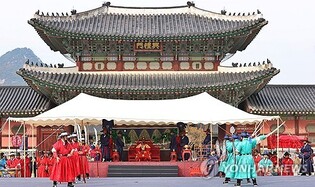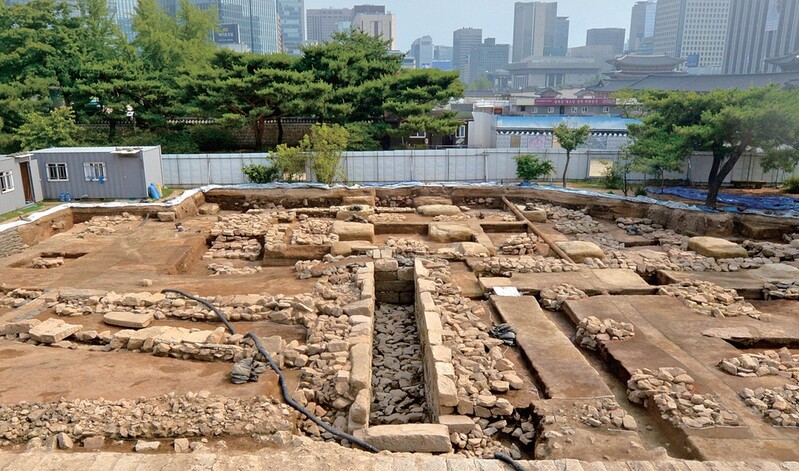 |
| ▲ This photo provided by the Ganghwa National Research Institute of Cultural Heritage shows the remains of the toilet identified at the Donggung area of Gyeongbokgung Palace. (PHOTO NOT FOR SALE) (Yonhap) |
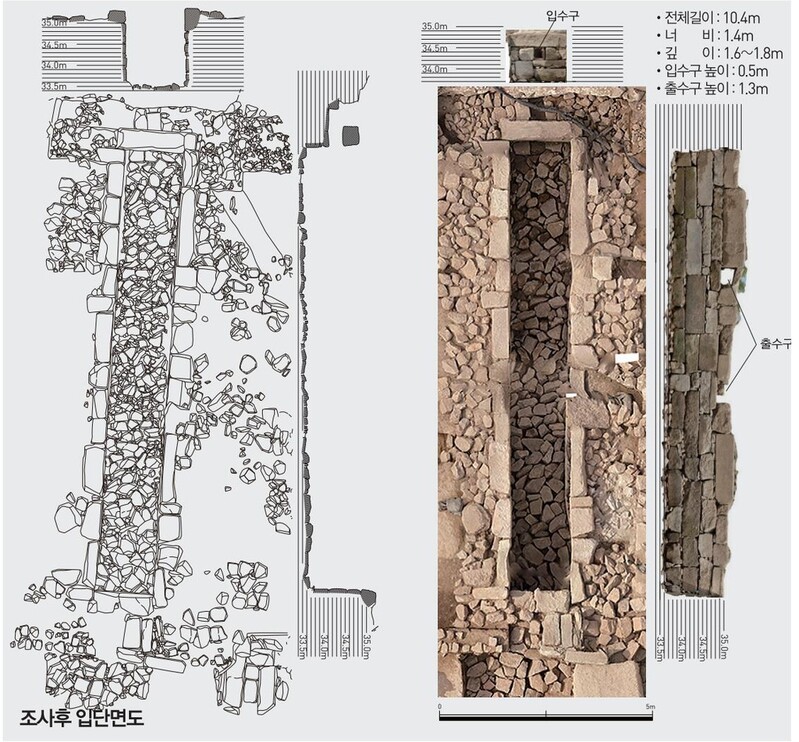 |
| ▲ This photo provided by the Ganghwa National Research Institute of Cultural Heritage shows the remains of the toilet identified at the Donggung area of Gyeongbokgung Palace. (PHOTO NOT FOR SALE) (Yonhap) |
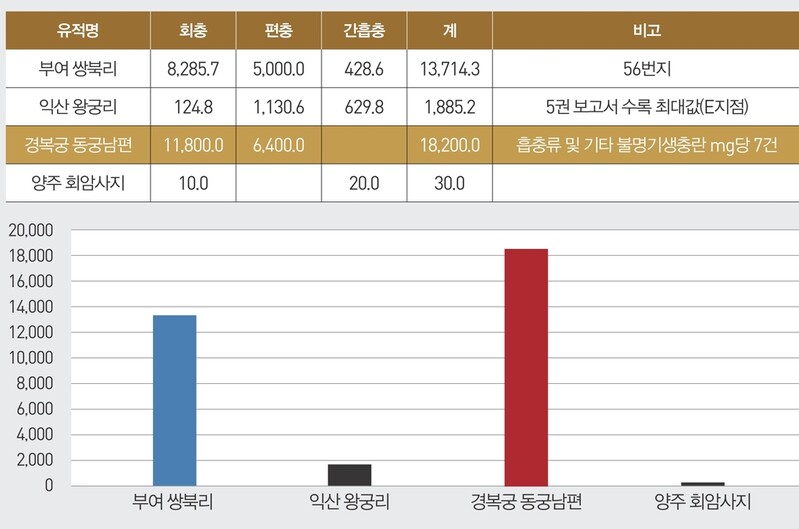 |
| ▲ This table and graph provided by the Ganghwa National Research Institute of Cultural Heritage shows the number of parasite eggs that were found per gram of soil. (PHOTO NOT FOR SALE) (Yonhap) |
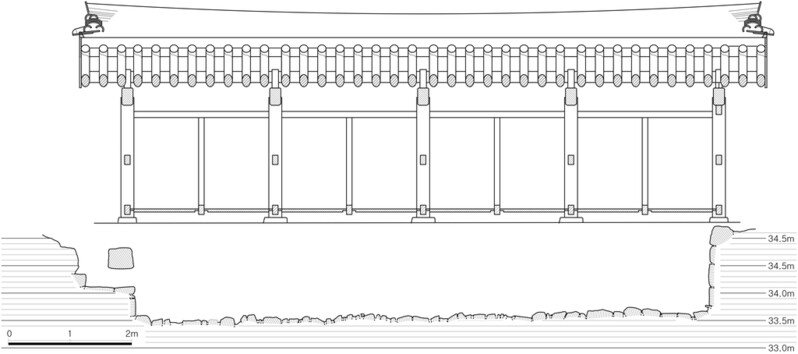 |
| ▲ This photo provided by the Ganghwa National Research Institute of Cultural Heritage shows the reconstruction for the toliet located in the Donggung area of the Gyeongbokgung palace. |
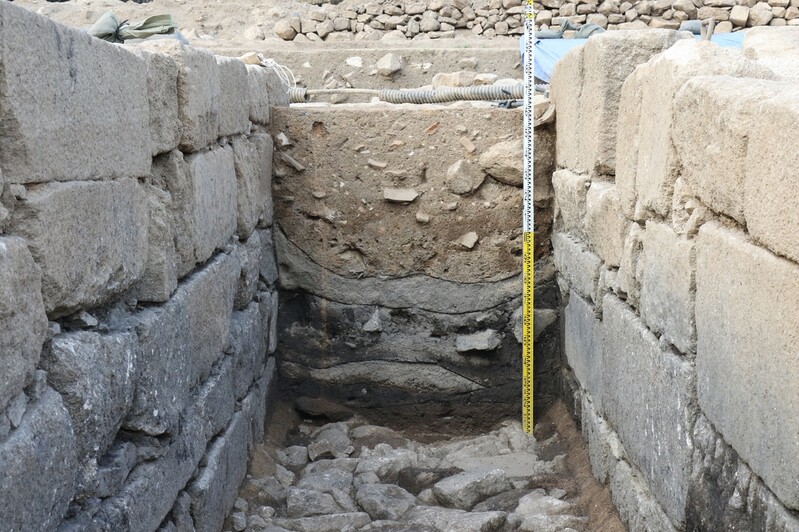 |
| ▲ This photo provided by the Ganghwa National Research Institute of Cultural Heritage shows the condition of the remains found in the Donggung area of the Gyeongbokgung palace. (PHOTO NOT FOR SALE) (Yonhap) |
SEOUL, July 8 (Yonhap) -- The remains of a 150-year-old toilet with a relatively advanced septic system have been found at Gyeongbokgung Palace, the main palace of the Joseon Dynasty. This is the first time a large-scale lavatory has been found inside a royal palace from the Joseon Dynasty.
The remains were found after excavating a square stone pit-shaped toilet site 10.4 meters long, 1.4 meters wide and 1.8 meters high in the south of the Donggung area, east of Geunjeongjeon, which was a place where the crown prince lived, according to the Ganghwa National Research Institute of Cultural Heritage on Thursday.
Referring to maps and literature records related to Gyeongbokgung Palace in the late Joseon Dynasty, the institute added that the remains are certain to be a toilet, given that parasite eggs, cucumbers, branches, and perilla seeds were identified in the soil recovered from the excavation site.
Around 18,200 parasite eggs such as roundworms and flatworms were identified per grams of soil. This figure is larger than other parasites identified in old toilet sites in different regions.
The Donggung area, where the toilet remains were discovered, was completed in 1868, but was damaged in 1915 when the Japanese Government-General of Korea hosted the Joseon Expo.
The newly discovered toilet was characterized by stone finishes on both the floor and walls to prevent waste from leaking out, and a sewage facility similar to a modern-day septic tank that uses microorganisms, the institute added.
A water entry and an discharge outlet were installed, and the height of the northern water inlet was found to be lower than the discharge outlet so that water could flow naturally.
Additionally, a building with a tile roof was found on top of the toilet. It is also estimated that the interior was divided into four or five compartments. In traditional Korean toilets, one compartment is usually separated into two spaces again, so it is likely that up to 10 people used the toilets at the same time, the institute added.
(END)
(C) Yonhap News Agency. All Rights Reserved



















![[풀영상] 지니 TV '아이돌아이' 제작발표회|최수영 SNSD SOOYOUNG·김재영 Kim Jaeyeong|'I DOL I' Press Conference](/news/data/20251216/p179563204418999_319_h.jpg)

